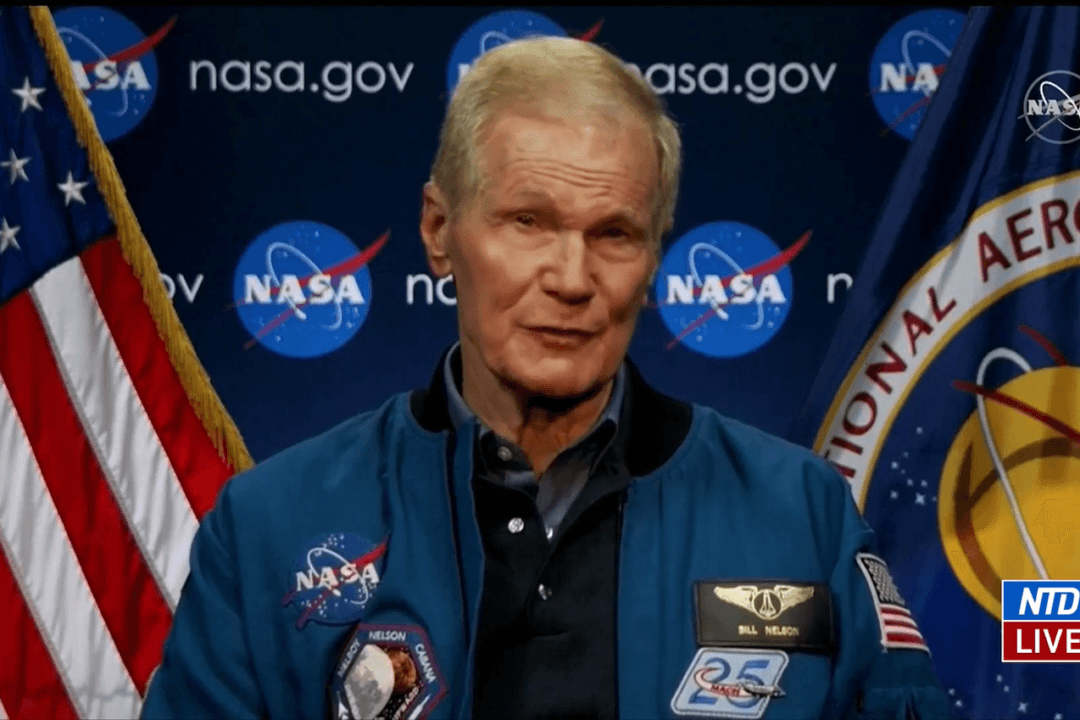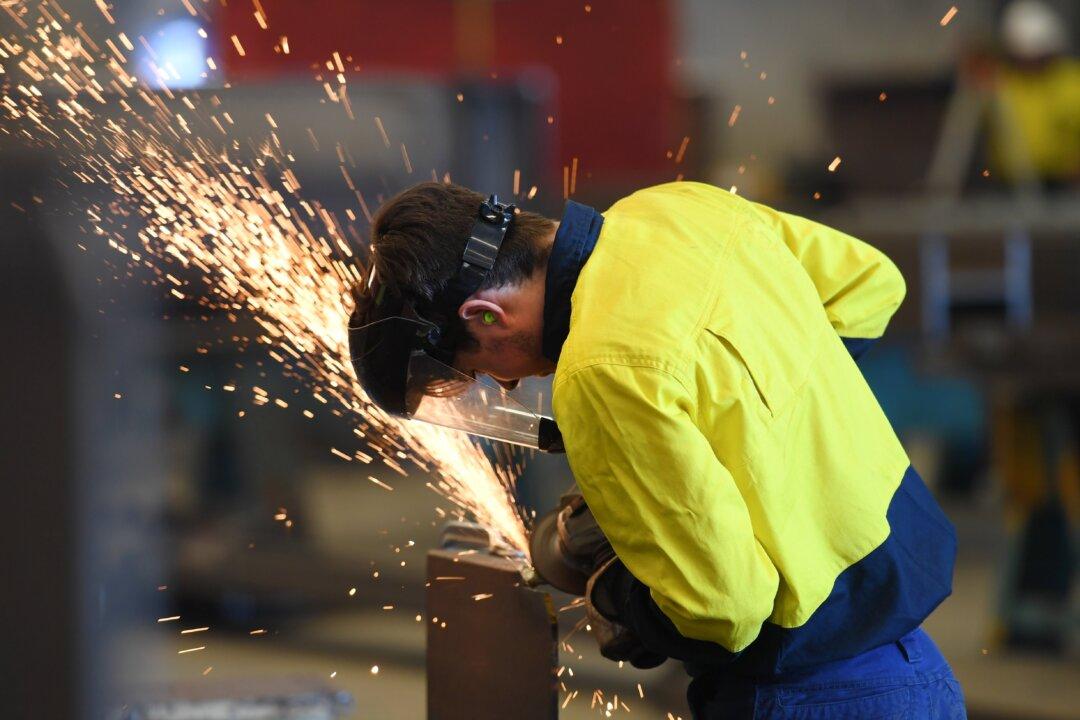Nearly two decades after an Aussie astronaut returned back to earth from a space mission, the opportunity for another Aussie to fly with NASA may be on the horizon.
During an address to the National Press Club on March 23, NASA administrator Senator Bill Nelson said: “I would like to see an Australian train and fly with us.”





